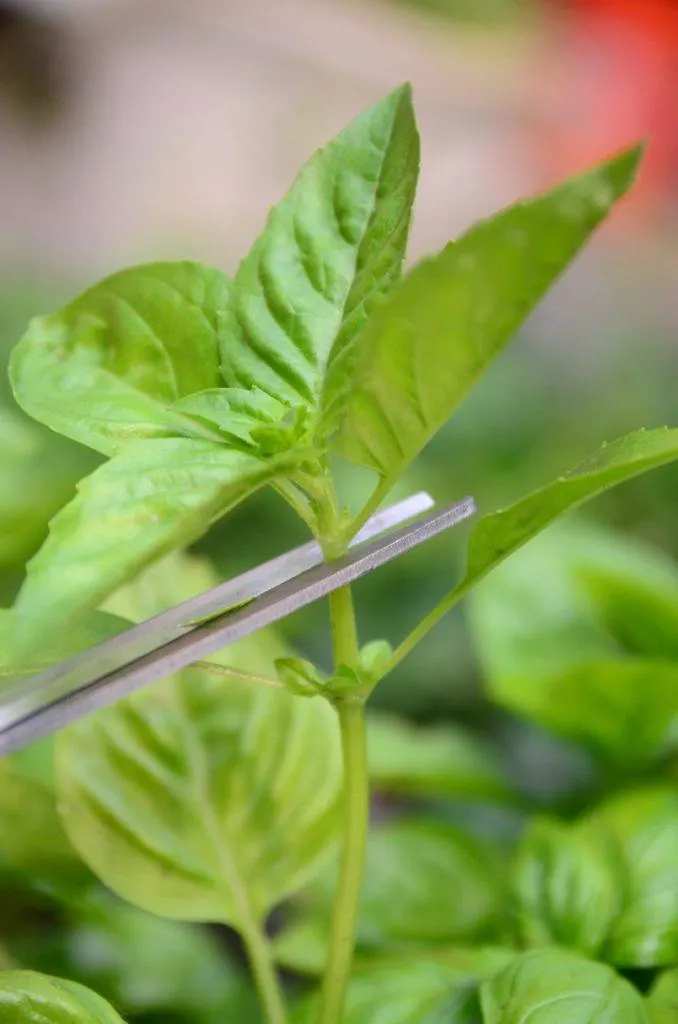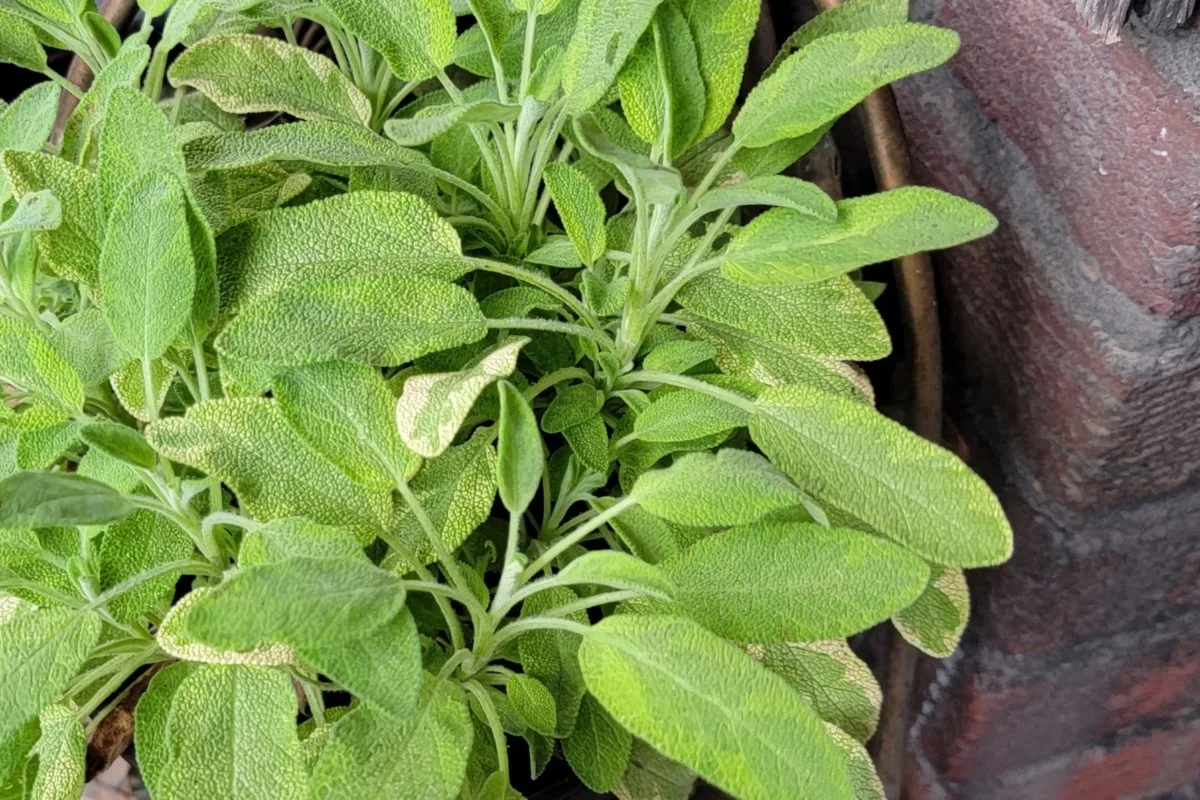
Growing herbs can be a rewarding experience in the garden and the kitchen. If you’re used to dried herbs from the supermarket, you may be surprised the first time you crush a freshly picked sage leaf between your fingers. The fragrant herb is far more powerfully scented than anything from a glass bottle.
Even if you don’t cook, there are plenty of great reasons to grow sage in your garden each year and many excellent uses for fresh sage.

But maintaining an herb garden can have its setbacks too. Perhaps you’re tired of spindly sage plants?
You’ve probably followed our sage growing guide and have watering all figured out. You’ve remembered to fertilize with a good nitrogen fertilizer. And your little sun-loving plant gets plenty of rays, but in the end, you still end up with leggy sage plants that flop over once they get too tall.
If you’re hoping for bushy sage plants that will produce tons of fragrant leaves, then it’s important to prune them as well.
So often, gardeners shy away from pruning because they find the process intimidating or think they will kill their plants. Rest assured, it’s not a quick job that’s easy to learn to do. Our quick guide will put you at ease, and before you know it, you’ll be a sage-pruning pro with massive sage plants in your garden.
Why You Need to Prune Sage
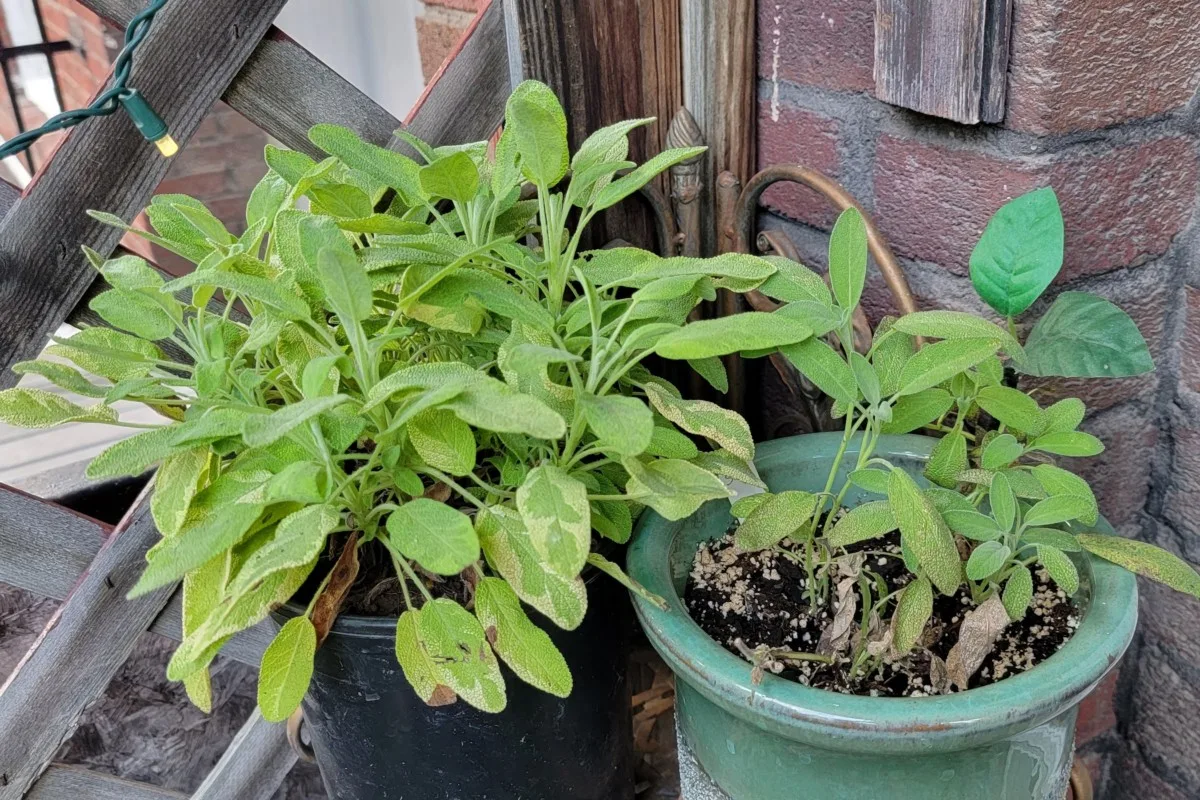
If you’re reading this, you probably already know that left to its own devices, sage is prone to being leggy, especially if it’s not getting enough sun. But if you want a plant that grows fuller rather than taller, you have to tell it to grow that way.
And how you do that is with a pair of clean, sterilized scissors.
When we prune, it sends a message to the plant – put more energy into new growth. Where we prune a plant also sends a message. For instance, deadheading the tops off of a petunia causes it to put more energy into making new flowers. With sage, we prune a little lower to encourage more lateral growth, which gives us those beautiful, full plants that look great in the garden or a container on our kitchen counter.
When to Prune Sage
The best time to prune sage is in the spring after the weather has warmed up. This gives the plant plenty of time to create new growth and form a wider, bushier shape. Any new cuts will have toughened up when cooler weather returns, making them more likely to survive the winter.
Flowering Sage
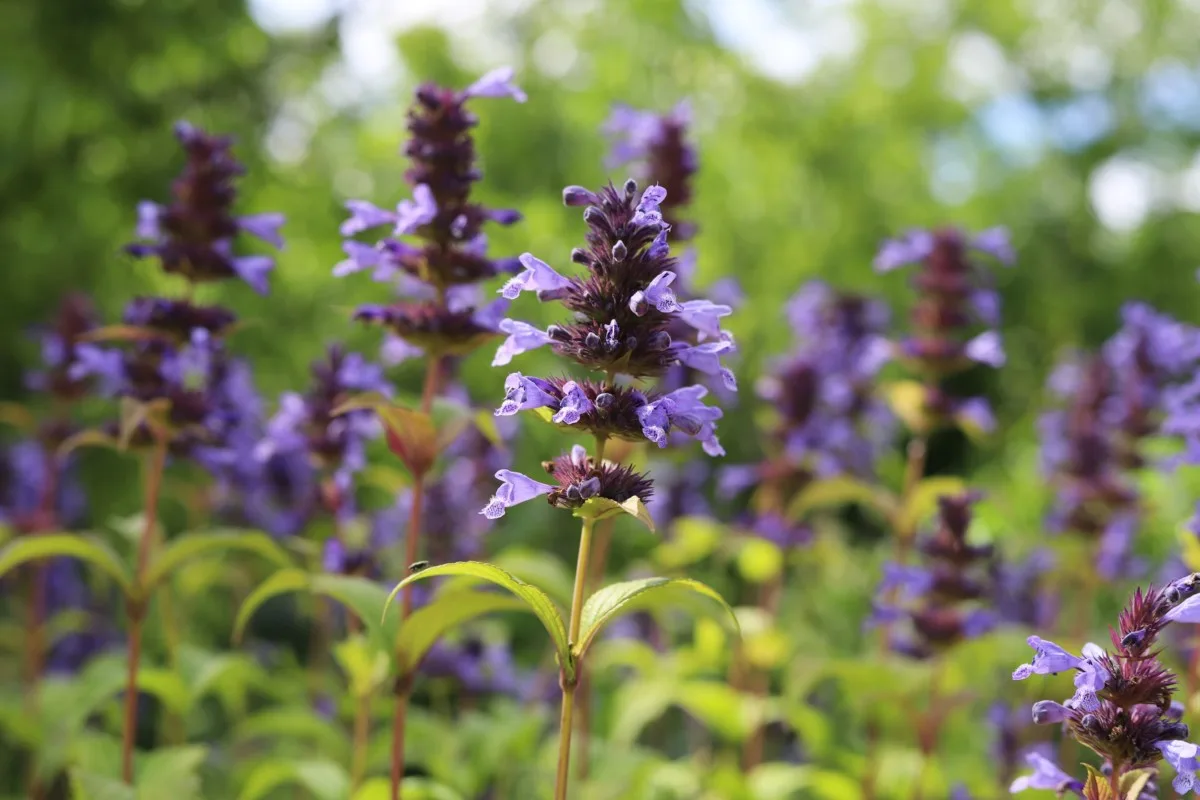
Maybe you aren’t growing sage to cook with; perhaps you love its beautiful tiny flowers. If that’s the case, you’ll want to hold off on that spring pruning. Wait until after the flowers have begun to die back before pruning your sage. This way, you get to enjoy the blooms while still creating larger plants each season.
You never want to prune sage in the fall or winter. The tender new growth that will appear shortly after can’t withstand the cold and will die back. You could even possibly lose the entire plant.
How to Prune Sage
As always, don’t forget to sanitize your tools before you prune a plant. For sage pruning, a pair of small scissors is all you need.
We want to encourage the plant to put out more growth at the bottom, resulting in a bushier plant as the season progresses. To achieve this, we will trim off the top third of each stem growing from the crown.
When you’ve got a relatively small plant, to begin with, this may seem like you’re taking a lot off, but within a week or two, you’ll have abundant new growth.
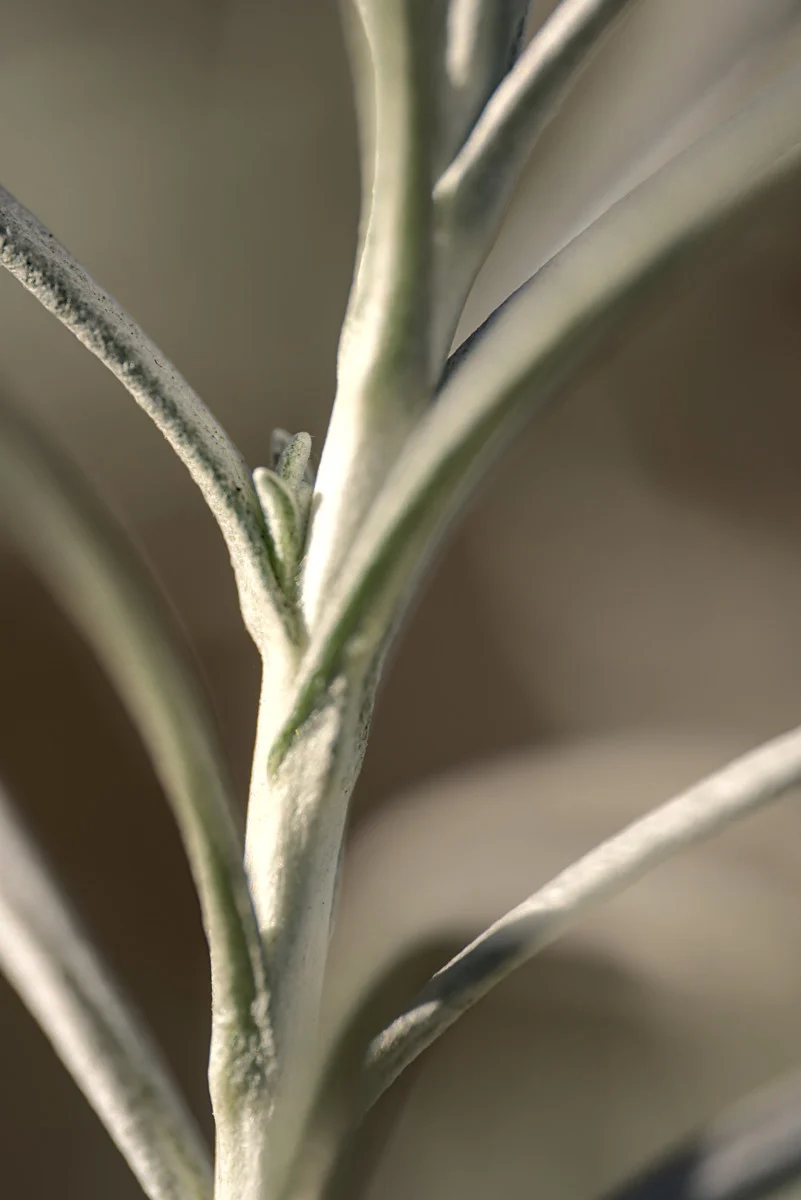
You’ll notice that the leaves grow in twos, one on each side, then there is a length of stem before another pair of leaves. The sage continues to grow this way, with more leaves and stem continuously emerging, fountain-like, from within the center of the plant.
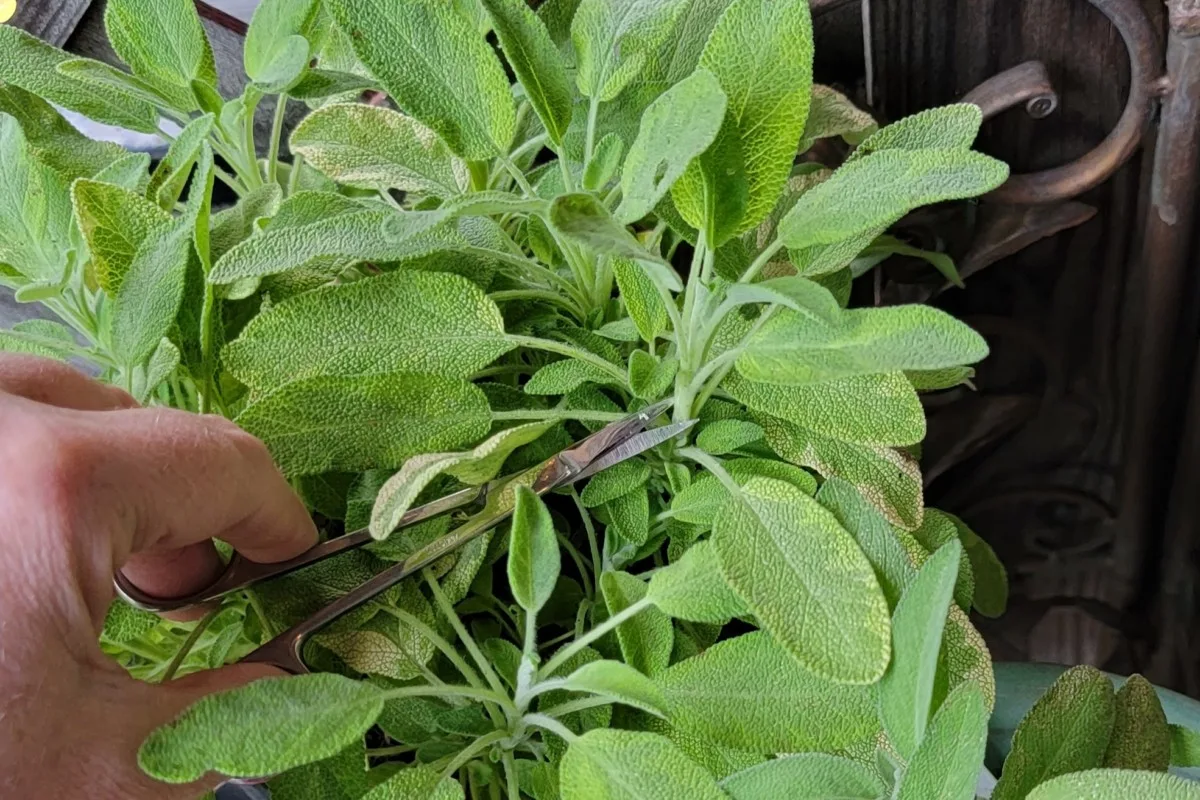
To prune sage, make your cuts just above two leaves, about a third of the way down.
By trimming that central stem and leaves off, the plant is forced to put out new growth at the crotch where the leaves meet the stem. Where you once had one fountain growing more leaves, you will now have two.
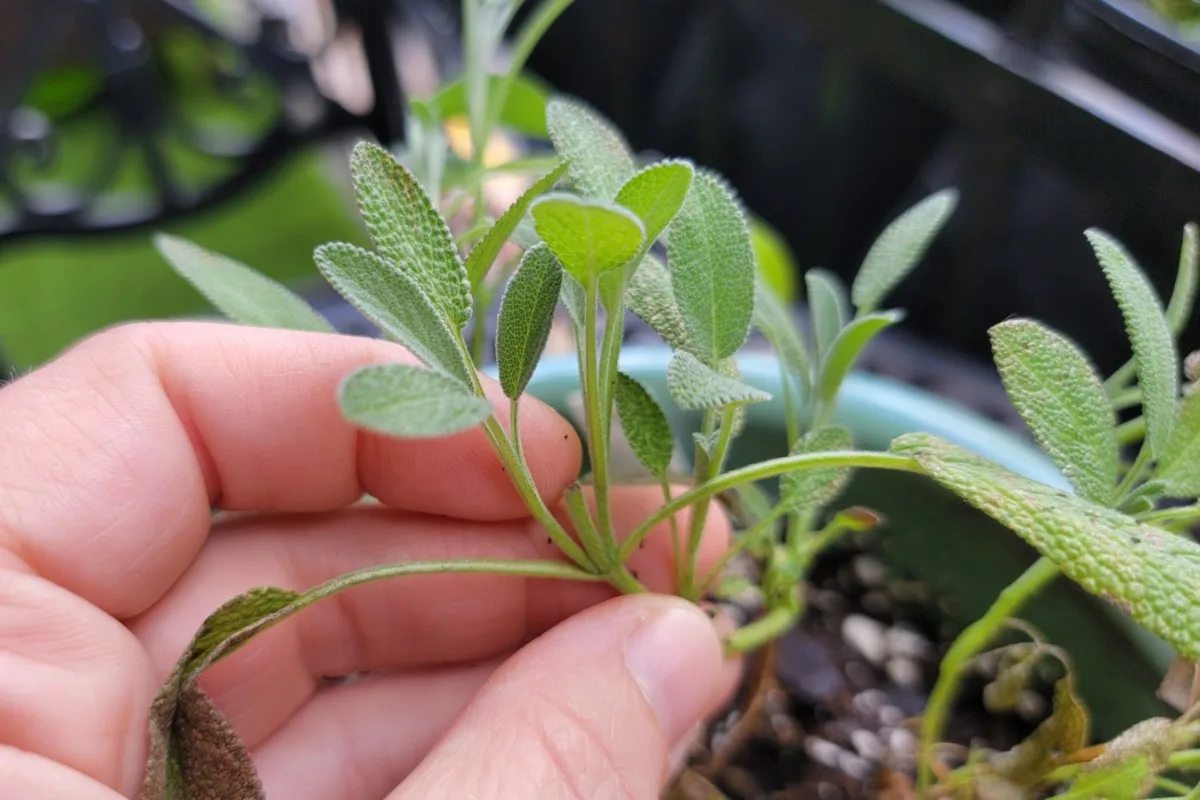
Continue trimming the tops off each main stem growing out of the plant’s crown.
Don’t ditch those tops. You can use those tiny leaves. Save them and dry them or use them right away.
Maintenance After Pruning
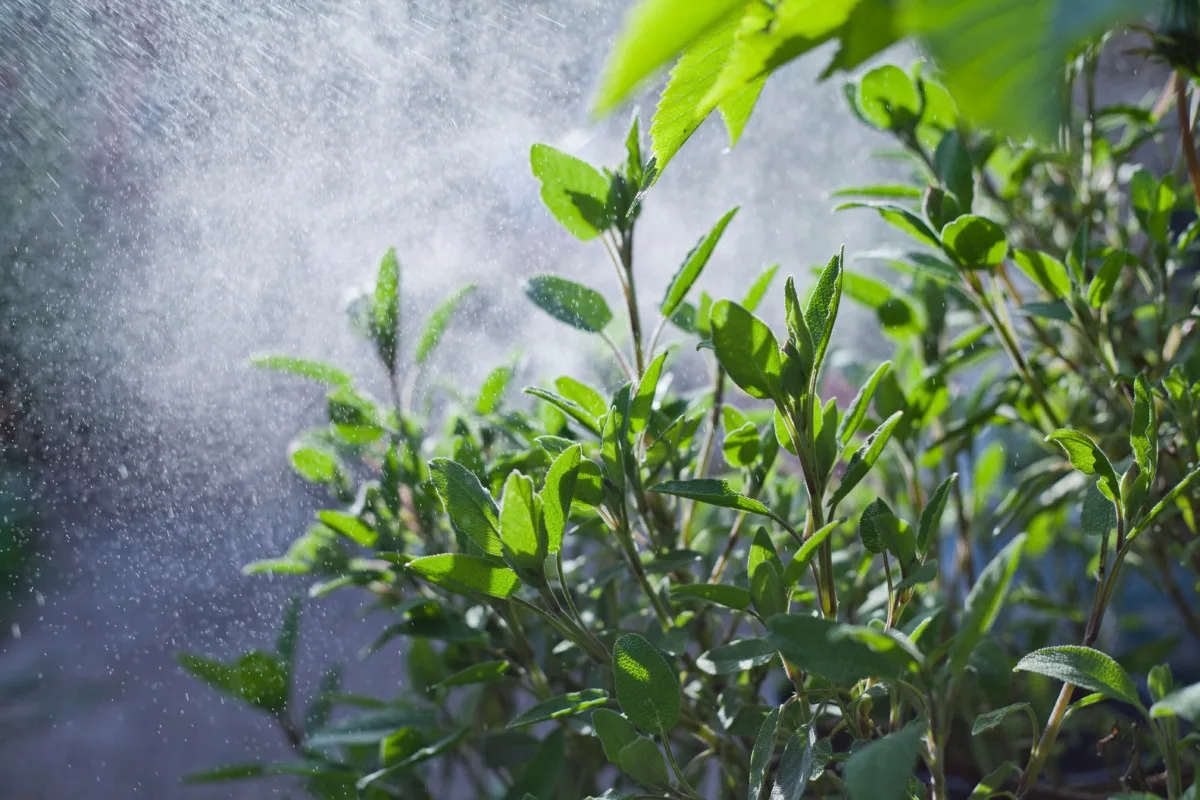
Give the plant a thorough watering after you’re done pruning. Don’t forget; sage doesn’t like wet feet, so if you’re growing it in a pot with a saucer, be sure to tip out any extra water.
If you haven’t fertilized the plant yet, doing so after pruning will assist the plant in recovering as well as help to ensure bushy new growth.
Within a week or so, you’ll begin to see new growth at the base of the leaves.
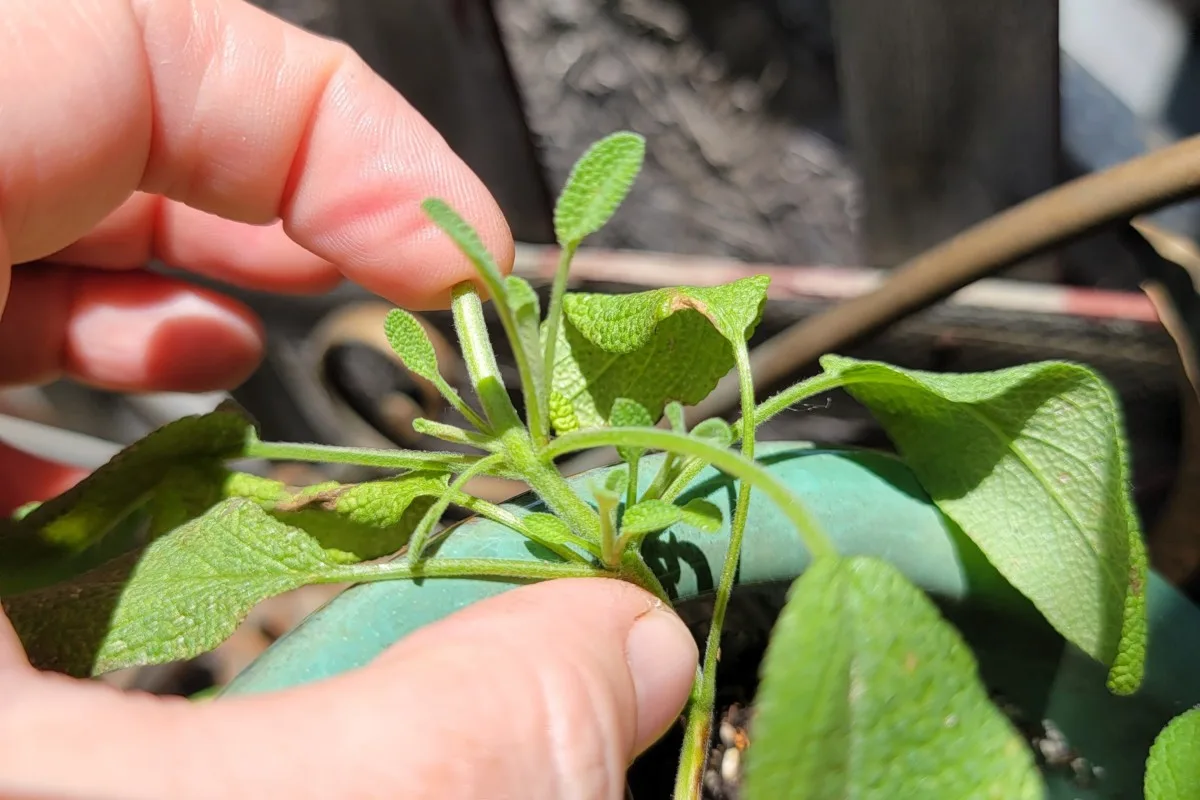
You can trim back these new stems during mid-summer as well if you want to encourage even more lateral growth. Just be sure your plant will have plenty of time to recover and for this second batch of new growth to harden up for the winter. You can also bring your plant indoors or cover it to protect new growth.
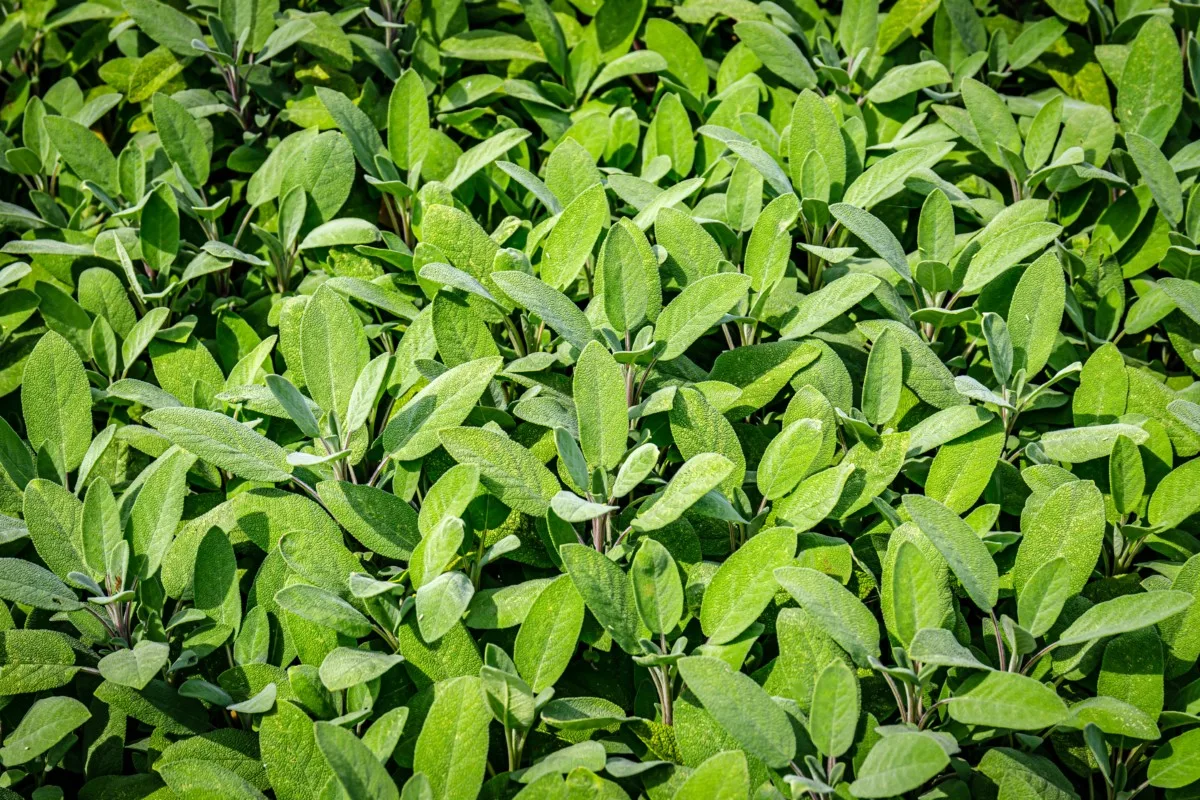
Sage is a wonderful addition to any culinary garden, and with annual pruning, this perennial herb will continue to spread and grow each year.
Read Next:

Get the famous Rural Sprout newsletter delivered to your inbox.
Including Sunday musings from our editor, Tracey, as well as “What’s Up Wednesday” our roundup of what’s in season and new article updates and alerts.


